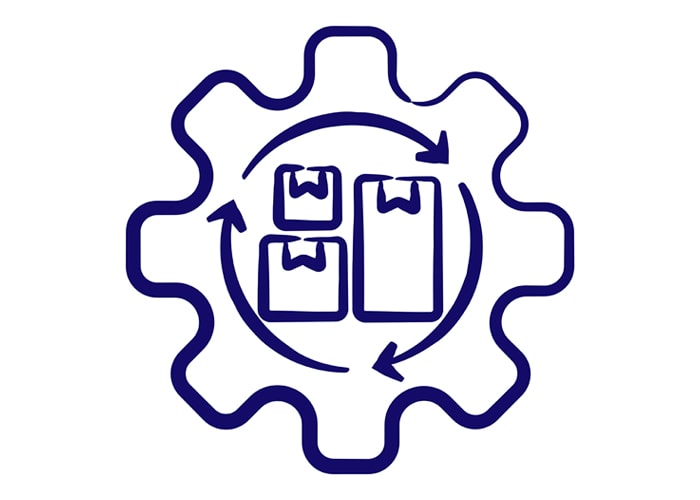How 3PLs Build Resilient Supply Chains

As we come up for air after three years of unrelenting challenges caused by the pandemic, supply chains must prepare now for the next disruption by focusing on resiliency and adaptability.
Here are five ways third-party logistics providers (3PLs) have changed since the pandemic to create more resilient, adaptable supply chains.
1. Enhanced digitization.
On average, 3PLs that were already on a path toward digital transformation prior to the pandemic fared far better than others resisting modern technological advancements. One-size-fits-all tech stacks of the past weren’t nimble enough for pandemic times.
The 3PLs that leveraged developments in data and artificial intelligence (AI) created opportunities to configure systems to work better and smarter for the supply chain. They also realized that recruitment will continue to be a problem and leaned on technology solutions to bridge the gaps.
2. Supply chain diversification.
Supply chain disruptions will only become more frequent and unpredictable. To mitigate the risks of economic, geopolitical and environmental disruptions, 3PLs need to provide organizations with agile multi-modal solutions and technology solutions that can quickly and efficiently respond to changes in the market such as when demand shifts, supply chain disruptions occur and other unpredictable events happen.
This approach infuses supply chains with a new kind of resilience that withstands the inevitability of disruptions because the mode of transportation isn’t the driver—it’s the ability to choose which freight mode and transportation options best serve an organization’s situational needs.
3. Flexible warehouse solutions.
Resiliency also requires access to warehouse solutions that are both customizable and flexible. The 3PLs with warehousing and distribution capabilities came to the rescue for many shippers that needed to stabilize and control their supply chain in recent years.
Regional warehousing near rail yards became extremely sought after—particularly in metropolitan locations—because they are located close to where organizations want to deliver their products.
Also, 3PLs with specialized, extensive trucking networks and strategically placed warehousing facilities can be an ace up the sleeve when significant supply chain disruptions emerge. They can jump in to provide warehousing, transloading, and local product delivery for all kinds of freight in times of crisis.
4. Risk management and contingency planning.
Organizations can never go overboard in being prepared for potential supply chain disruption. That’s why it’s important to work with a 3PL that offers risk management and contingency planning services.
Technology is at the heart of risk management and contingency planning, using modern tools to forecast demand and plan how to meet it. Using AI, machine learning, data analytics, and a host of other technology tools, 3PLs can speed up decision-making and pave the way for autonomous planning.
5. Focus on sustainability.
Focusing on responsible, environmentally conscious supply chain practices plays into the need to adapt to supply chain disruptions.
Today, 3PLs are important partners in the sustainability journey. Using electrification, analytics, AI, IoT connectivity and other emerging technologies, 3PLs can help move us toward a carbon-neutral world—while also uncovering new ways to keep products moving during significant market headwinds.

